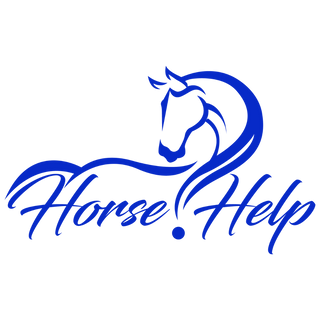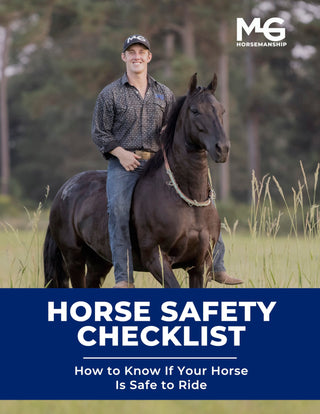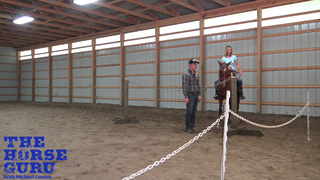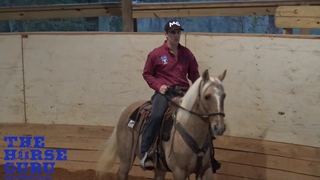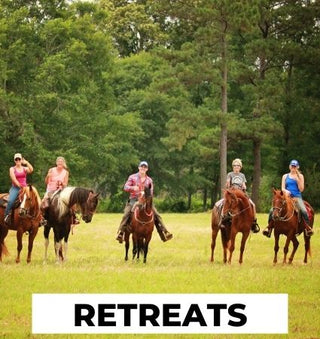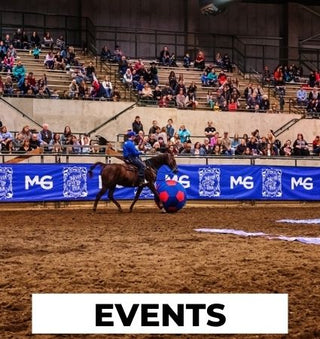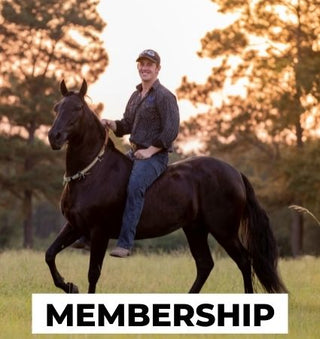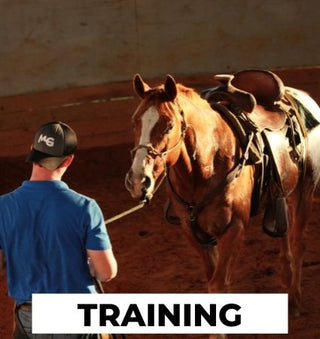Watch the Video Here or continue reading below!
Contrary to popular belief, spinning isn't just for Quarter Horses. Gaited horses like Pasos, Tennessee Walkers, and Foxtrotters are fully capable of learning to spin with the right foundation and approach. In this blog, we're breaking down Michael Gascon's proven method for teaching a gaited horse to spin, with practical, horse-friendly steps you can use today.
What Is Spinning and Why Teach It?
Spinning Defined
Spinning is a controlled, energetic movement where the horse pivots on its hindquarters while rapidly crossing over with its front legs. In reining and performance circles, it's a flashy maneuver—but it’s also a great exercise in balance, responsiveness, and shoulder control.
Why It Matters for Gaited Horses
Gaited horses are typically trained for smooth, collected motion. Spinning asks them to shift focus to more athletic maneuvers, enhancing their versatility and mental engagement.
The Myth: Only Quarter Horses Can Spin
Many riders assume spinning is reserved for Western performance breeds. According to Michael Gascon, that's simply “nonsense.” Any horse can learn to spin when taught properly—regardless of gait or breed.
Key Elements for Teaching a Spin
To teach your horse to spin correctly, you’ll need to understand three fundamental control points:
-
Inside Rein – Directs the inside front foot out from under the horse.
-
Outside Rein – Keeps the head aligned (not curled to the inside).
-
Leg Cue – Helps guide the body and adds energy later in the training process.
In the beginning, however, Gascon emphasizes working only with the inside rein.
Step 1: Establish the Inside Rein Cue
Begin by simply lifting your inside rein. For example, if you're spinning left:
-
Pick up your left rein.
-
Look directly at your left toe.
-
Ask the horse to move its left front foot under your toe.
This movement is the cornerstone of developing the spin. You're not pulling the head around or using your legs yet—just teaching the horse to move that foot with the rein cue.
Step 2: Understand Forward Movement in the Spin
Unlike the misconception that spinning happens at a standstill, proper spins are forward-thinking movements. Horses need momentum to build speed. Even during early stages, you’ll be walking your horse out of the spin each time to reinforce that forward intent.
Step 3: Stick With One Side First
While it’s usually best to train evenly on both sides, spinning is a new and difficult maneuver. Stick with one side (left or right) until your horse is confident and consistent. This avoids confusion and allows you to build rhythm and muscle memory.
Step 4: Expect (and Embrace) Resistance
Resistance is normal in the early stages. You may see:
-
Head tossing
-
Backward steps
-
Stiff shoulders
-
Lack of engagement
The key is consistency. Keep asking, stay calm, and release pressure the moment your horse gives even a small effort. That “try” is what you want to reward.
Step 5: Interval Training for Better Results
Gascon shares an important insight: horses learn faster with interval training—short working bursts followed by rest. Instead of drilling nonstop, alternate between spinning practice and relaxation to help your horse process and retain new skills.
Step 6: Reinforce with Repetition and Release
As your horse begins to understand:
-
Ask for one step under your toe
-
Then two steps
-
Build up to three steps
-
Release and walk forward each time
This layered learning encourages willingness and prevents burnout.
Step 7: Progress to “Turning and Burning”
Once your horse reliably steps under himself and starts spinning slowly, it's time to add speed. This next phase—called turning and burning—involves:
-
Riding forward on the rail
-
Asking for the spin at a walk or trot
-
Transitioning in and out of spins fluidly
The result? Clean, fast, and balanced spins.
Common Mistakes to Avoid
-
Overusing the Outside Rein – It should only be used to prevent overbending, not to create the spin.
-
Worrying About the Hind End Too Early – Focus on freeing the shoulders first; the hindquarters will follow.
-
Expecting Instant Perfection – Spinning is complex. Stay patient.
Do You Need a Bit to Train Spins?
Nope! While the demo horse was wearing snaffle shanks due to earlier work, Gascon notes you can use:
-
A snaffle bit
-
A bosal
-
A rope halter
As long as you can guide the inside rein, you’re good to go.
Final Thoughts: Spinning Is a Learned Skill—Not Magic
Just like using a toilet isn’t complicated once you know how, spinning isn’t inherently difficult—it’s just unfamiliar at first. With the right cues, patience, and a good training structure, your gaited horse can spin beautifully.
